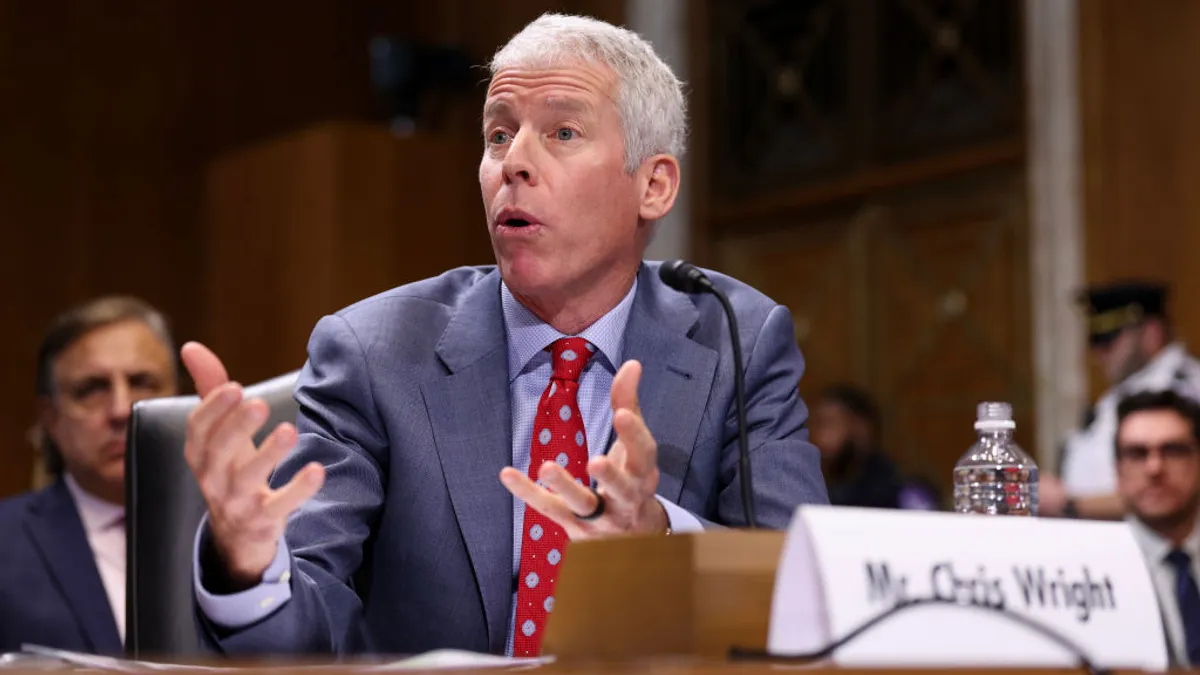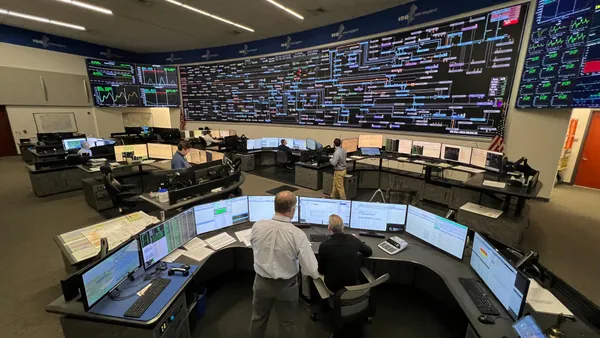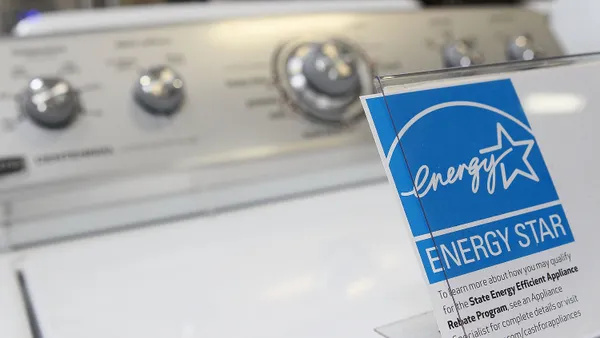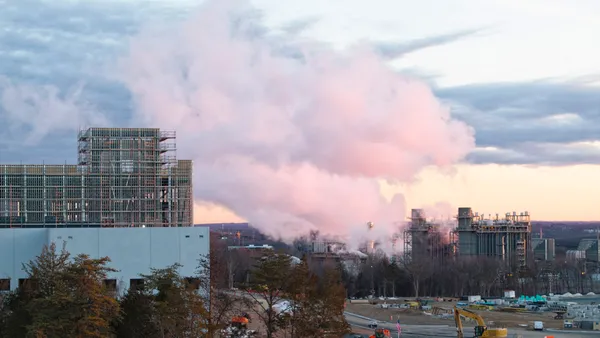Dive Brief:
- A new report from the Union of Concerned Scientists aims to demonstrate how states can help finance investments needed to meet Clean Power Plan mandates, utilizing “green banks” to fund renewable energy and efficiency.
- The banks would provide financial assistance to customers developing clean energy projects, and would allow states a simpler path to scale up working programs and incentives.
- According to the National Renewable Energy Laboratory, reaching 30% of U.S. electricity generated from renewable energy by 2025 (and 80% by 2050) could require investment of up to $70 billion annually, for the next decade.
Dive Insight:
Billions of dollars in investment will be necessary to meet renewable and emissions standards over the next decade, but inherent barriers to scaling up investment could hamper the spread of technologies and projects that are working, according to the Union of Concerned Scientists.
Clean energy projects and market development are often hampered by financiers' “limited understanding of the technology and their concerns about performance risk,” the group said, as well as the relatively small scale of individual clean energy projects and high transaction costs of due diligence and contract negotiations. That means states need to look for innovative solutions to scale up clean energy.
“Several states have used 'green banks' and other new financing initiatives to help secure the funding to scale up clean energy investments without the need for substantial direct incentives,” UCS wrote.
The report looks at initiatives in six states, including Connecticut, New York, Pennsylvania, Kentucky, Iowa, and Massachusetts, as well as Germany.
In Connecticut, the report points out that that in 2014 the state's legislature renamed the Connecticut Clean Energy Finance and Investment Authority (CEFIA) was renamed “Connecticut Green Bank in 2014.” It was the first comprehensive state-based clean energy financing entity, initially begun in 2011 and capitalized with $48 million in utility surcharges and Regional Greenhouse Gas Initiative auction proceeds.
Before CEFIA, 80% of the clean energy incentives in Connecticut were from grants, rebates,
or other subsidies, UCS said.
“Presently, 80% of the state’s clean energy resources are spent on financing instruments, such as loans and credit enhancements, which are successfully leveraging public funds to garner private investment,” the report found.













